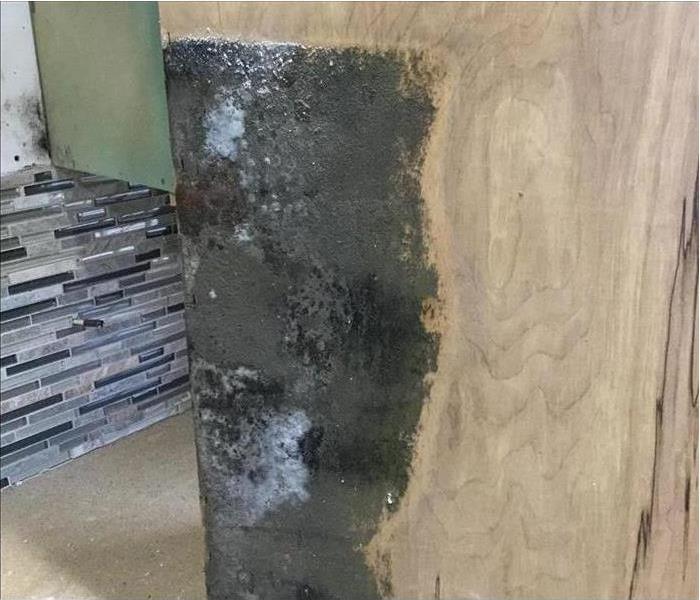Where Mold Collects in Buildings
7/20/2021 (Permalink)
Where Mold Collects in Buildings
There are lots of commercial buildings in Virginia Gardens, FL, and all over the country, and maintaining them presents a challenge to owners and managers alike. Inspecting a building for mold growth on a regular basis can head off the need for costly and time-consuming mold remediation. Professionals know the usual areas where mold can grow because it is a remarkably predictable organism with a few simple needs: darkness, moisture, nutrients and a surface on which to grow.
Prime Areas for Mold
Mold can grow in a wide range of temperatures and can thrive in the dark on dirt, dust, and even certain building materials.
- Paper that is subject to moisture, even in the form of high humidity, can harbor mold.
- Carpet, and the padding and floor underneath, can trap moisture from floods, leaks and spills.
- Ceiling tiles subject to excessive humidity or leaks can invite mold growth.
- Wallboard and the cavities between walls can offer optimal conditions for mold colonies.
- Masonry surfaces and grout are mold-friendly surfaces.
- Wood surfaces out of direct light offer nutrients for mold to digest.
Damp Areas That Invite Mold
Besides building materials, HVAC systems, including ductwork, offer many hard-to-see spots that can be a bonanza for a mold colony. Bathrooms in a commercial building are also susceptible due to ever-present water and inevitable leaks and spills. Since water heaters are often located in basements or closets, mold can gain traction in these locations as well. And lastly, even after a water damage event such as an obvious flood has been detected and cleaned up, a surprisingly small amount of dampness coupled with the kind of organic nutrients common in most buildings can produce a new challenge in the form of mold to be remediated.
While it is true that mold growth is not the end of the world in a commercial building, it can produce significant inconvenience. Knowing and monitoring common areas susceptible to mold can help prevent significant problems.






 24/7 Emergency Service
24/7 Emergency Service
